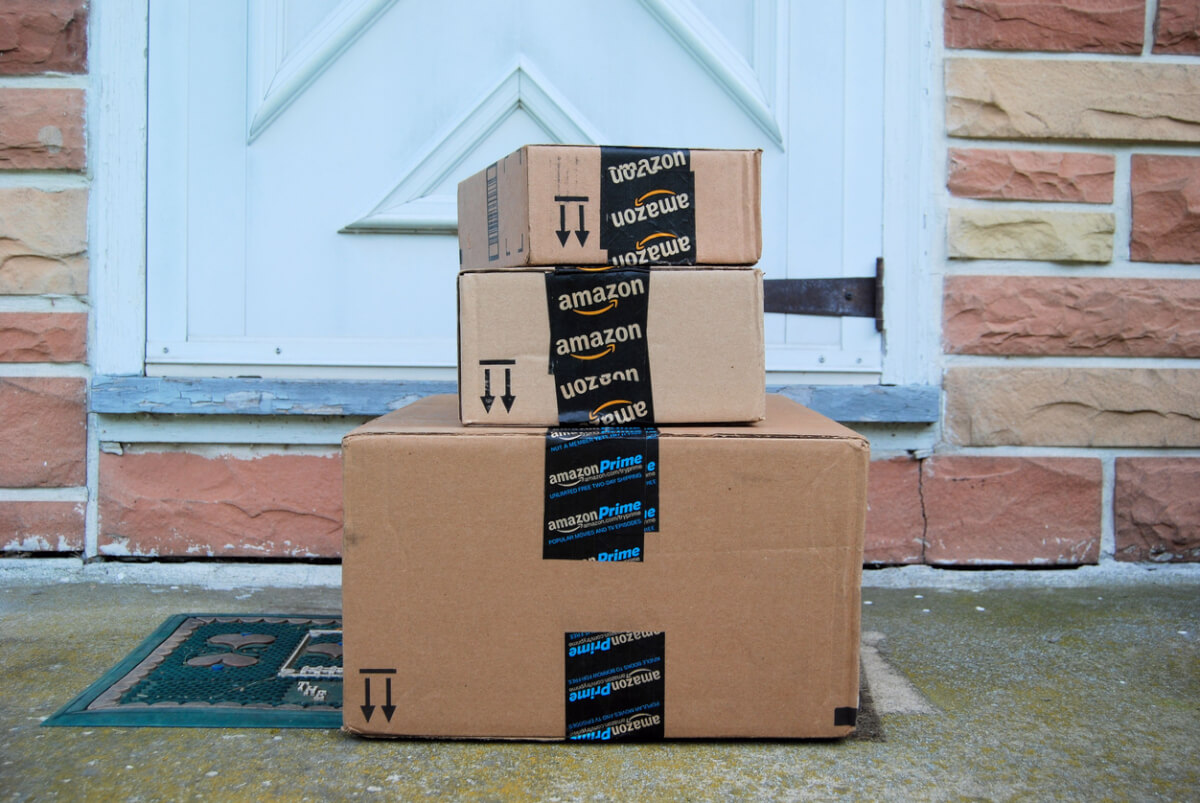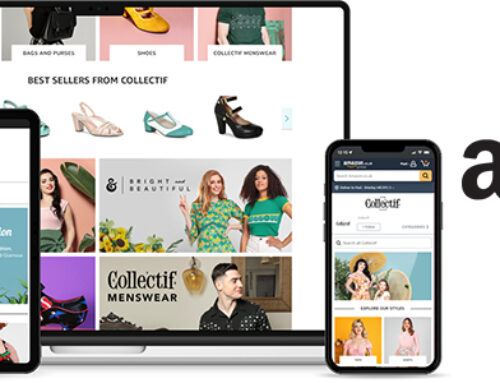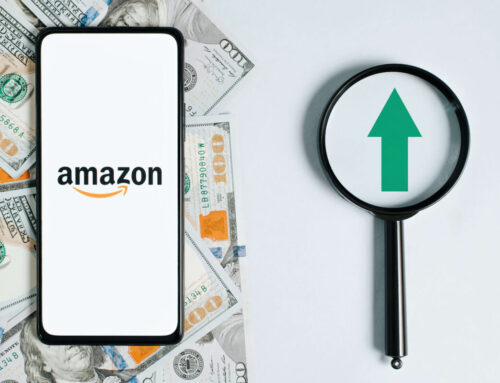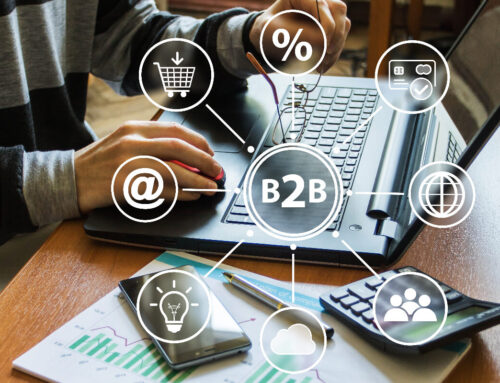
Are you trying to decide what to sell on Amazon? With more than 3 billion products listed on Amazon worldwide, chances are that whatever you are thinking of selling, it’s already being sold on Amazon.
There’s still plenty of opportunity to make impressive profits selling products on Amazon, but it’s critical you’re able to offer unique, budget-friendly products with minimal competition to truly succeed on the site. The best profits are made by sellers who build an inventory of items with high demand and good profits.
FBA has taken the logistical headache out of selling, but selecting desirable products that will market and sell well is still the responsibility of the seller.
We are going to explain how to find these high demand, profitable products to sell on Amazon. Following these simple guidelines should give you a profitable Amazon business.
What you need to find the best products to sell on Amazon
- Amazon Seller Account – If you don’t already have an account set up, read How to start an Amazon store
- Keyword planner – Ahrefs helps you to find keywords as well as examine competitors SEO and identify opportunities for your website and product listings. If you’re not ready to invest in keyword planner software, Google keyword planner is a free alternative.
- Jungle Scout – Helps sellers and affilate marketers to identify high demand products on Amazon
- Knowledge of your niche – although existing knowledge of your niche is an advantage, it’s not a must. As long as you are willing to research it, you can sell successfully in any niche.
7 Key features to look for in products to sell on Amazon
1. Product price
Selling online requires trial and error. So it’s a good idea to start off selling products you can afford to write off as a loss if you have to. That way, if a customer returns an item and it has to be disposed of, your business isn’t hurt. Starting out, the ideal price range you should be looking at is about $10 – $40 with a profit of $10 – $20. When you are more experienced and have built up capital you can sell higher value products.
Ideally, your product cost should be 25% to 35% of what you will sell your product for on Amazon.
2. Low returns rate
Returns cost you money so you should try to choose products with minimal returns. Especially if you are selling items that cannot be resold once they have been opened. The way some products are packaged means customers will have to damage the packaging to even look at the product. You need to avoid these as they will have to be disposed of or sold at a loss if returned.
Many sellers start out selling children’s toys on Amazon because they meet these first two criteria. They are low cost and generally have a low returns rate.
3. Product Quality
This is important for two reasons. Firstly, if your product is poor quality and easily breakable, there’s a good chance that it will arrive to a customer damaged or unusable. Secondly, even if a poor quality item does arrive in good shape, the customer is highly likely to return it.
4. Product demand and competition
In order to sell, you need customers to be looking for your product. You need to figure out what the volume of sales is for any product you plan to sell, especially before deciding to purchase inventory.
If you are selling a product that you already know about, then you are at an advantage here. But, even if you know nothing about the item, it’s just a case of research.
- Look at Google trends
- Look at Amazon best sellers page
- Look at other marketplaces
- Look at other sellers on Amazon.
Go to a product you are considering selling on Amazon, add it to your cart and go to the checkout page. Click on the quantity and add 999 to your cart. Amazon will usually give you a warning message that says something like this:
“This seller has only 135 of these available. To see if more are available from another seller, go to the product detail page.”
So you now know they have 135 available. Repeat this every day for two weeks and record the number every day. You’ll be able to see how many products this seller is moving per day from your data.
However, there are lots of factors such as time of year, stock levels and customer feedback. If you want a quicker way to get an estimate of monthly sales you can use software such as Jungle Scout. This allows you to see the monthly sales volume for any product, find products with low competition and save products to be tracked over time.
5. Competition
Some competition is a good sign. It’s proof that there’s demand for your product. You should search any item you plan to sell on Amazon and pay close attention to the reviews. If you find a product you think would be great but there’s already someone selling it and they have a thousand reviews with a 4.5 star rating, it will be very hard to compete. Similarly, if you can’t sell for a competitive price, you should find another item to sell.
6. Reviews
Amazon heavily ranks products based on reviews. The less reviews competing products have, the faster you can climb up the rankings as you begin to generate sales.
Customer questions and reviews are also useful for finding weaknesses in competitors and products. Searching ‘rainbow jimmies’ Amazon’s choice result had these customer questions.
Customers are buying these to mix into cake batter to make funfetti cake. They are concerned about the vibrancy and texture of these sugar strands when baked. They also ask about dietary concerns and shelf life. Answering these questions in your product description and perhaps going further, suggesting how many tubs of sprinkles would be needed for different sizes of cake would help to create a high converting Amazon listing. This is also valuable information for your website SEO.
The customer reviews for this listing all speak about the vibrancy and texture of the product when baked. It is a good product and customers are happy with it. However, there is only one seller currently offering this product and they are selling it at a very high price. Lots of customers are also complaining about the service from this company.
If you could source this same product at a price which allowed you to undercut the current seller and sell with FBA to remove customer service and delivery concerns, it could be a successful product. Likewise, if you were to sell a similar product but with an improved listing and Prime delivery, it could become a top seller.
7. Size and weight
Bigger, heavier products cost more to store and to ship. If you are using FBA you can use Amazon’s profit calculator to help you estimate these costs. If you are dispatching products yourself, smaller lightweight products will cost you less. You can keep your shipping costs down by using Shipstation as your shipping software. Shipstation integrates directly with Amazon and so it automatically imports your orders. Then, Shipstation lets you select the best shipping method based on price and delivery speed and emails your customers their tracking information.
What to do with this information
Finally, No one of these factors are enough on their own to make a product a best seller. It is the sum of all of these elements that will determine the success of a product.
Now you have this list of basic research techniques, you can put together a list of potential product ideas. You could supply an existing product at a better price or with Prime shipping, bring a whole new product to Amazon or build a brand and sell private label, but however you choose to sell on Amazon, your ability to spot a good product will depend on your knowledge of your product, competition and buyer personas. The more research you do, the more likely you are to be profitable selling on Amazon.







